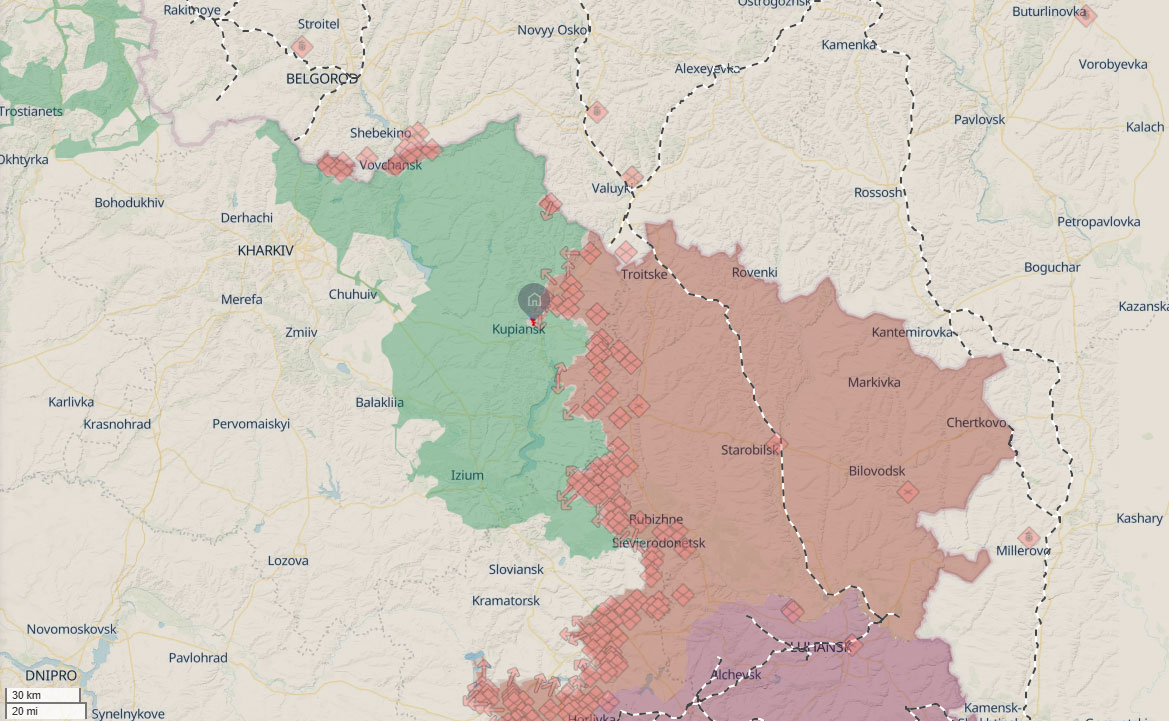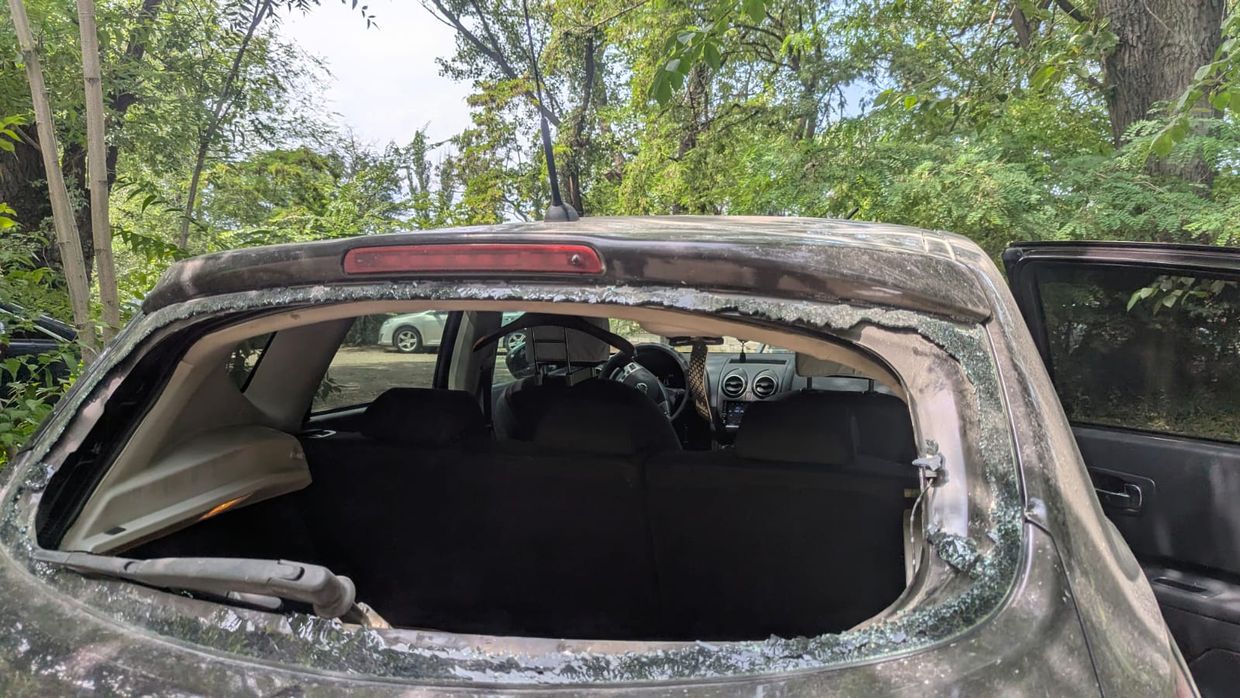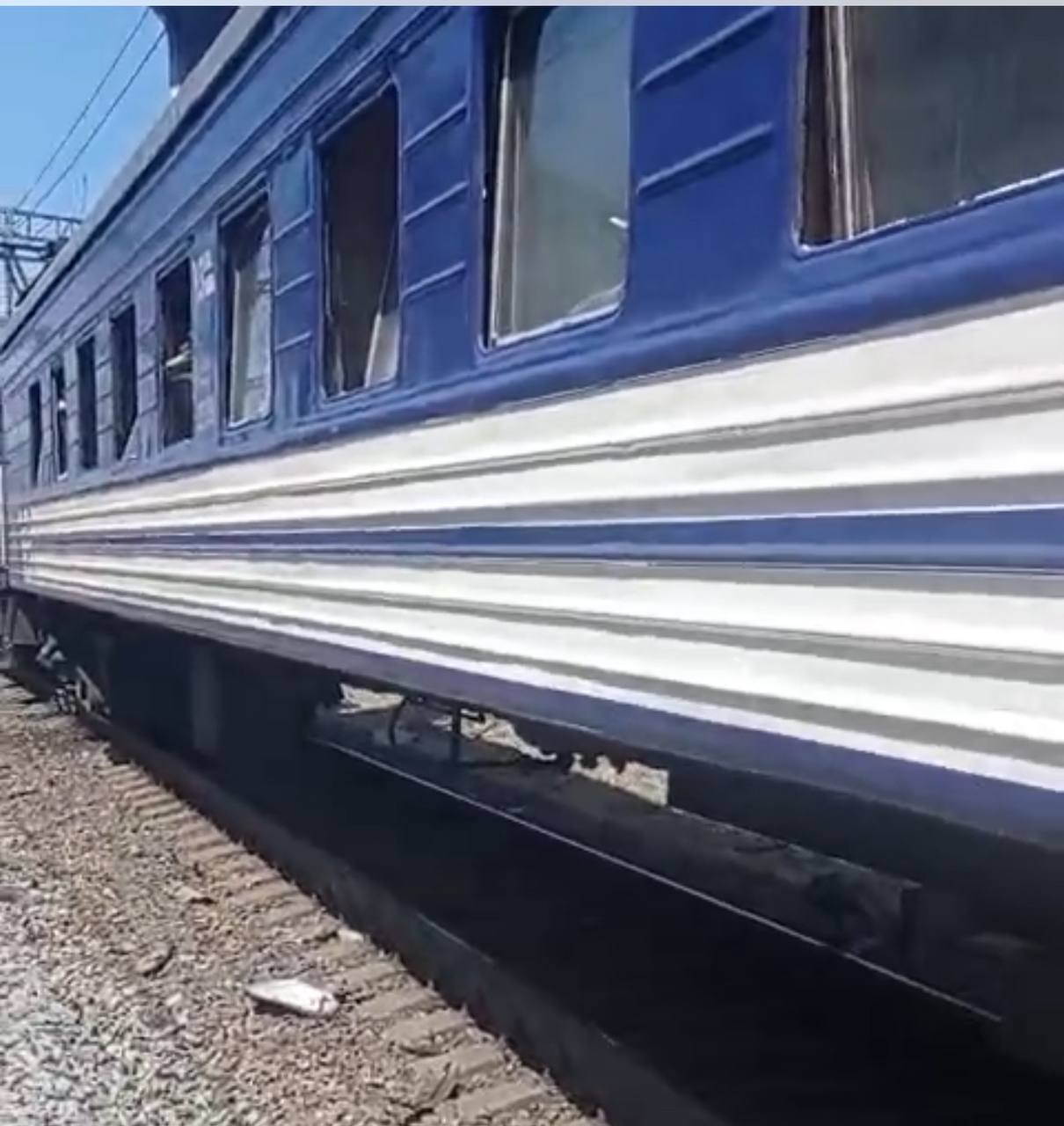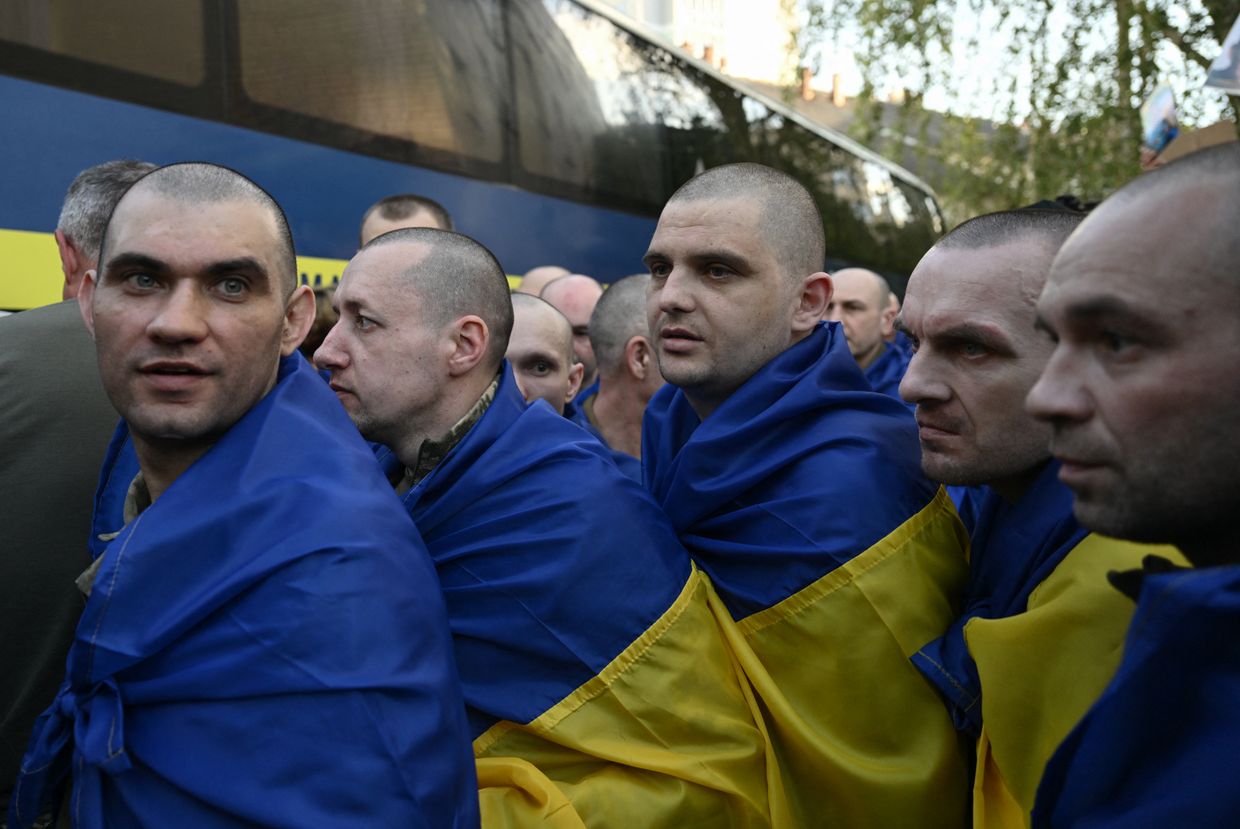Dnipro enterprise hit as Russia launches 164-projectile barrage on Ukraine

Russian forces launched 157 drones and 7 missiles of various types against Ukraine during the night of 5 September, according to the Air Forces of the Armed Forces of Ukraine. All seven missiles reached their targets.
The missile arsenal included six S-300 surface-to-air guided missiles and one X-59 guided aviation missile, the Air Forces reported. Ukrainian aviation, anti-aircraft missile forces, electronic warfare units, unmanned systems, and mobile fire groups of the Defense Forces repelled the air attack.
By 9:00 AM, Ukrainian military forces had shot down or suppressed 121 Russian Shahed-type UAVs and various decoy drones in the northern and eastern oblasts of the country. However, 7 missiles and 35 strike drones hit 10 locations. One enemy drone remained airborne at the time of the report.
The Dnipropetrovsk Regional Military Administration reported that their region bore the brunt of the massive Russian drone attack. In Dnipro, Russian forces hit an enterprise, causing fires that emergency services have since extinguished. No casualties were reported.
“Defenders of the sky eliminated 15 of them,” the Air Defense Command said regarding the drones targeting Dnipropetrovsk Oblast overnight.
The attack pattern varied across the oblast. In Dnipro, “the aggressor hit an enterprise. Fires broke out there, and rescuers quickly began extinguishing them,” according to regional authorities. Meanwhile, “the enemy struck the Pokrovsk community in Nikopol district with an FPV drone.”
The strikes caused significant property damage beyond the targeted enterprise. Private houses near the drone impact sites in Dnipro were damaged, with windows shattered in apartment buildings. Specialists are now inspecting the homes and documenting the damage while accepting residents’ claims to calculate losses accurately.
Local charities are distributing building materials at the sites, providing OSB boards and film for residents to temporarily cover damaged roofs, doors, and windows. The state assists in rebuilding through the “eRecovery” program, with applications available through the Diia platform.
All relevant emergency services are working at the affected locations alongside local volunteers providing immediate assistance to residents.









